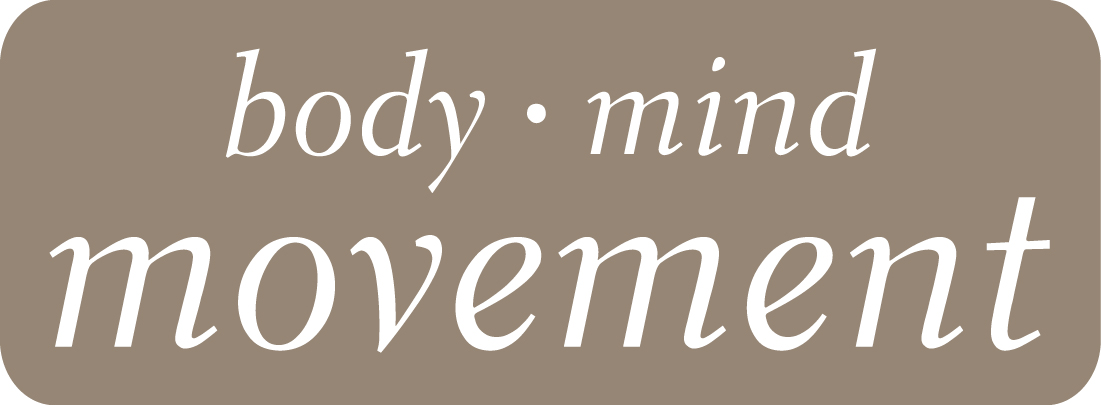Mark Taylor's
Classes & Workshops
Body-Mind Centering ® classes and workshops are based on principles of embodied anatomy: the process of reminding the body of its intelligence, and investing it with awareness of its own function and nature. Taylor's goal in presenting BMC to groups is that each student should have a feeling of coming home to the body—an experience of deepening or enhancing his or her self- understanding.
Each class is an invitation to research the uncharted territory of internal sensory experience whether the class material is based in developmental movement, a particular body system, regional anatomy, cellular awareness or a specific application such as dance or yoga. Most classes will have a cognitive structure, an experiential arc and several layers of information presented, and will take into account both the simplicity of direct experience and the infinite complexity of the human organism.
UPCOMING RETREAT
Seeking Equilibrium in Times of Change
Retreat with Mark Taylor
Somatic Movement at Las Suculentas
June 6 – 9, 2024
Malinalco, Mexico
A typical class taught by Taylor will include much of the following:
Movement, games or other physical activities
Guided imagery
Discussion and feedback
Lecture
Hands-on work with partners or groups
Demonstration and observation
Taylor has taught and presented Body-Mind Centering ® for:
College and university dance programs
Professional dancers and other artists
Community groups
Elderhostel Pittsburgh
Senior centers
Health care professionals and care providers
Bodyworkers, yoga teachers and other holistic practitioners
Sample topics taught by Taylor include:
Enjoying our Bones: The Skeletal System
Dissolving Edges and Flowing into Form: The Dialogue of Fluids and Membrane
Standing on the Earth: The Foot
The Joy of Breathing
Balancing the Three Brains
















